Descripción
En este bestseller mundial se ofrece una amplia introducción a todas las herramientas matemáticas que necesita un economista. El libro aborda una amplia gama de conceptos matemáticos que son fundamentales para la comprensión y el análisis de cuestiones económicas.
El libro es apreciado por su enfoque en aplicar las matemáticas a problemas económicos y sociales, lo que lo convierte en una herramienta valiosa para estudiantes y profesionales que desean mejorar sus habilidades matemáticas para el análisis económico. Es especialmente útil para aquellos que estudian economía, finanzas, ciencias sociales y áreas relacionadas.
Novedades de esta edición:
– Los capítulos introductorios se han reestructurado para que se ajusten más lógicamente a la enseñanza.
– Se han introducido varios ejercicios nuevos, así como soluciones más completas a los ya existentes.
– Se ha añadido más cobertura de la historia de las ideas matemáticas y económicas, así como de los científicos que las desarrollaron.
– Nuevo ejemplo basado en la reforma de la fiscalidad de la vivienda en el Reino Unido de 2014 que ilustra cómo una función discontinua puede tener importantes consecuencias económicas.


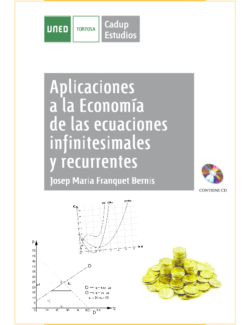
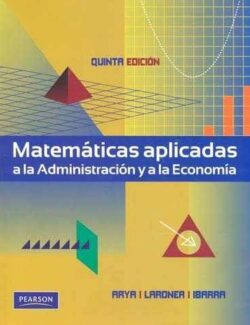
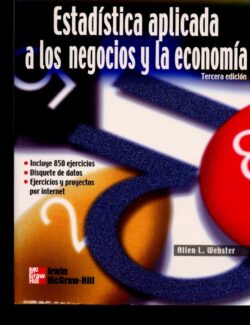



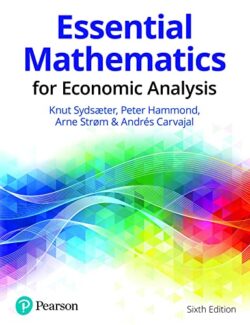
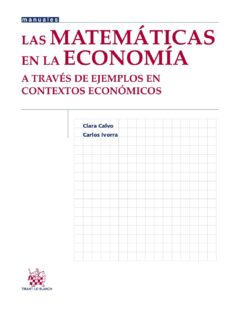

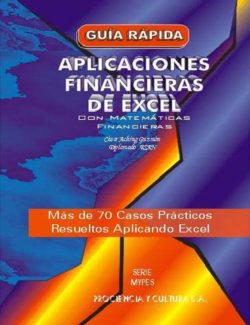
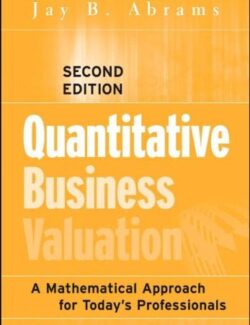
Déjanos un comentario
No hay comentarios